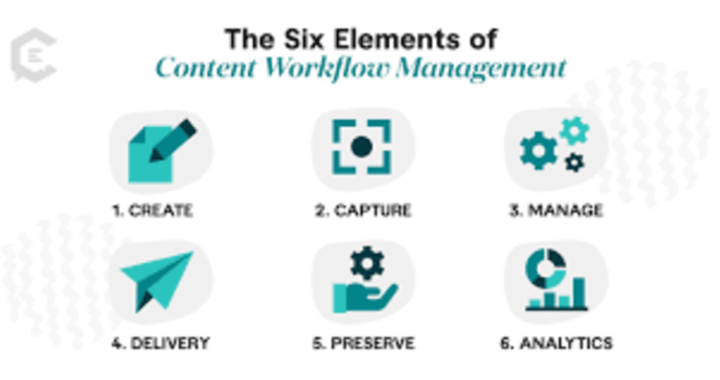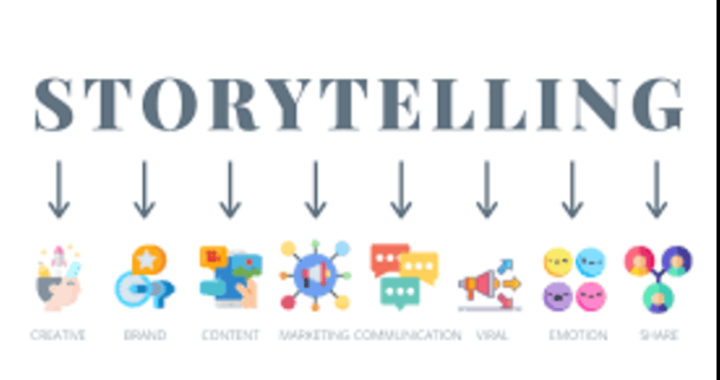Introduction
In the digital era, businesses increasingly rely on content marketing to enhance their brand presence, engage their audience, and drive revenue. This case study examines how a mid-sized e-commerce company leveraged content marketing to achieve significant brand growth, detailing the strategies implemented and the results achieved.
Background
Company: Trend Wear (fictional name)Industry: Fashion e-commerce Challenge: Low brand awareness, high customer acquisition costs, and limited organic traffic
Trend Wear, a growing fashion brand, struggled with visibility in a highly competitive online retail space. Their marketing relied heavily on paid ads, which were costly and delivered diminishing returns. They needed a sustainable strategy to attract, engage, and convert customers without overspending on advertising.
Content Marketing Strategy
To overcome these challenges, TrendWear adopted a robust content marketing strategy centered around three key pillars: blog content, socialmedia engagement, and influencer collaborations.
1. Blog Content and SEO Optimization
Trend Wear launched a blog focused on fashion trends, styling tips, and seasonal must-haves. Key tactics included:
Keyword Research: Identified high-traffic keywords related to fashion and integrated them naturally within articles.
Evergreen & Trending Topics: Published a mix of evergreen content (e.g., “How to Style a White Shirt for Any Occasion”) and trend-driven pieces (e.g., “Top Fashion Trends for Summer 2024”).
Internal Linking: Linked blog articles to product pages, improving on-site navigation and driving sales.
Guest Contributions: Partnered with fashion bloggers and industry experts to write guest posts, enhancing credibility and reach.
Consistent Posting Schedule: Maintained a content calendar to ensure regular updates, keeping the audience engaged and search engines indexing fresh content.Continue reading




